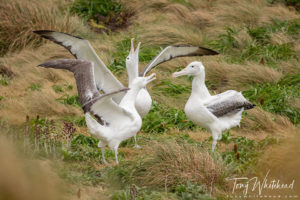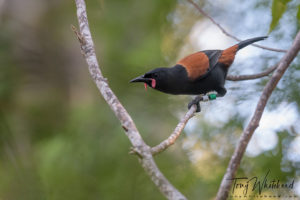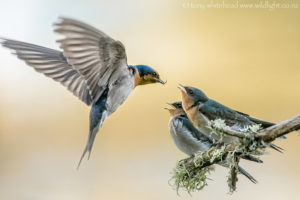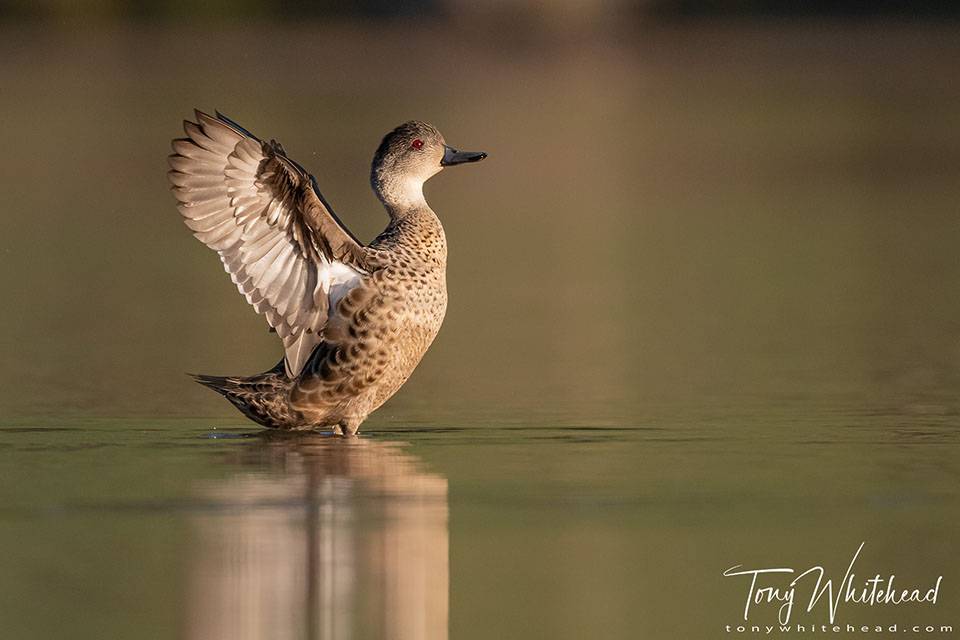
Last night our clocks sprang forward into Daylight Saving Time. This will mean going to work in the dark again for a little while but gives an hour after work. This will mean more frequent Okereka evening trips to photograph local birds.
I love the longer days that spring and summer bring but dislike the harsh light after the lovely low light of winter. “Golden hour”, which may not quite be that long, is often touted as the best light for photography. In many cases that is true, but on Okareka evenings I prefer the light that follows. The image at the head of this post was taken just before the light dipped below the horizon and shows off the Tētē well.
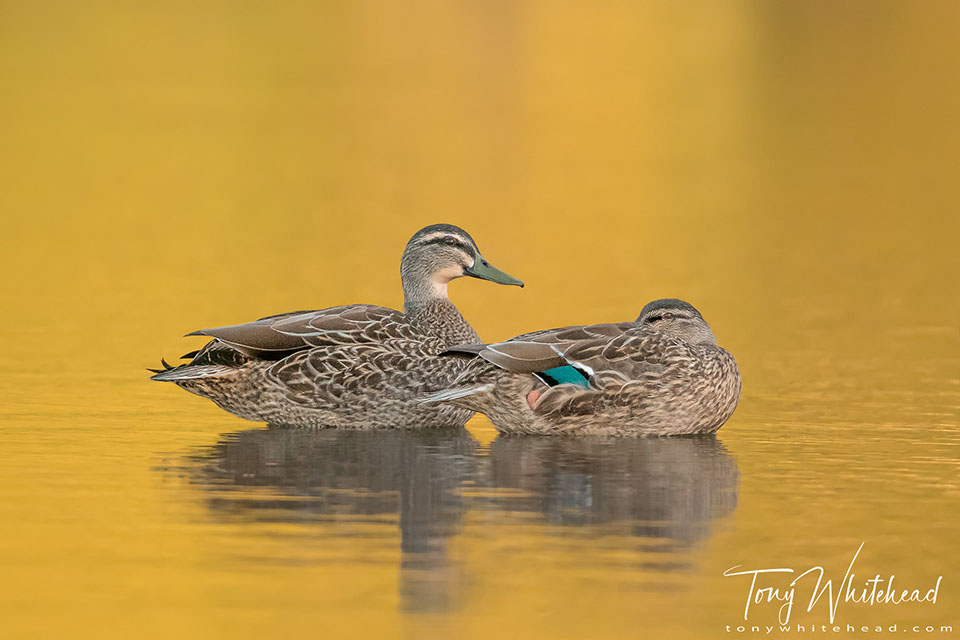
These next images were taken when the sun had dipped below the horizon but was still illuminating the hills in the background which reflect in the water. I have written about this often before and while it lasts only minutes can give some lovely images.
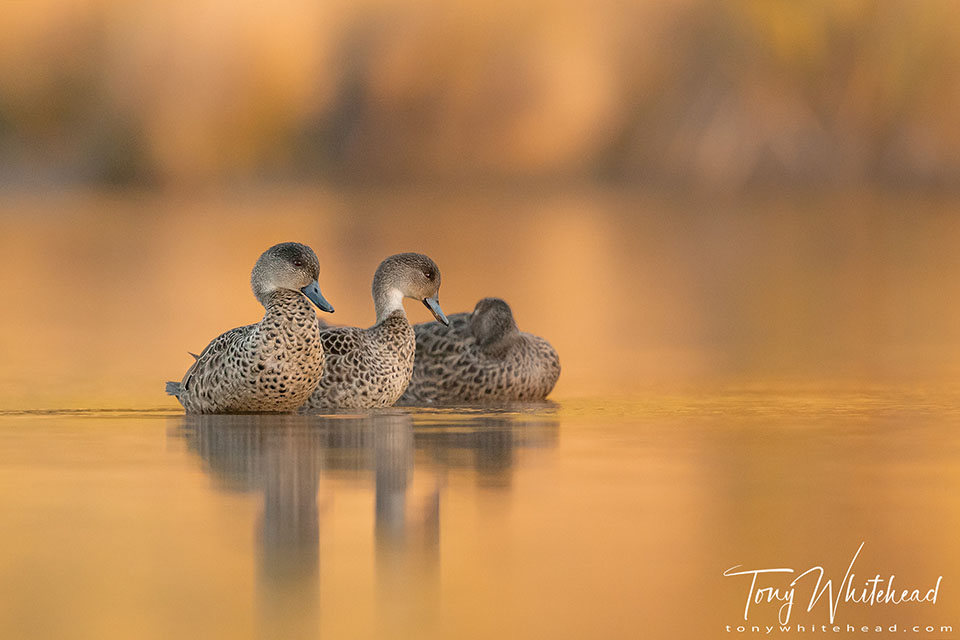
Light levels on the birds are low as they are in shadow with only blue skylight as fill so ISO needs to be ramped and shutter speeds dropped. Fortunately modern sensors and RAW processing programs along with vibration reduction lenses allow better results than we could have achieved in the past.
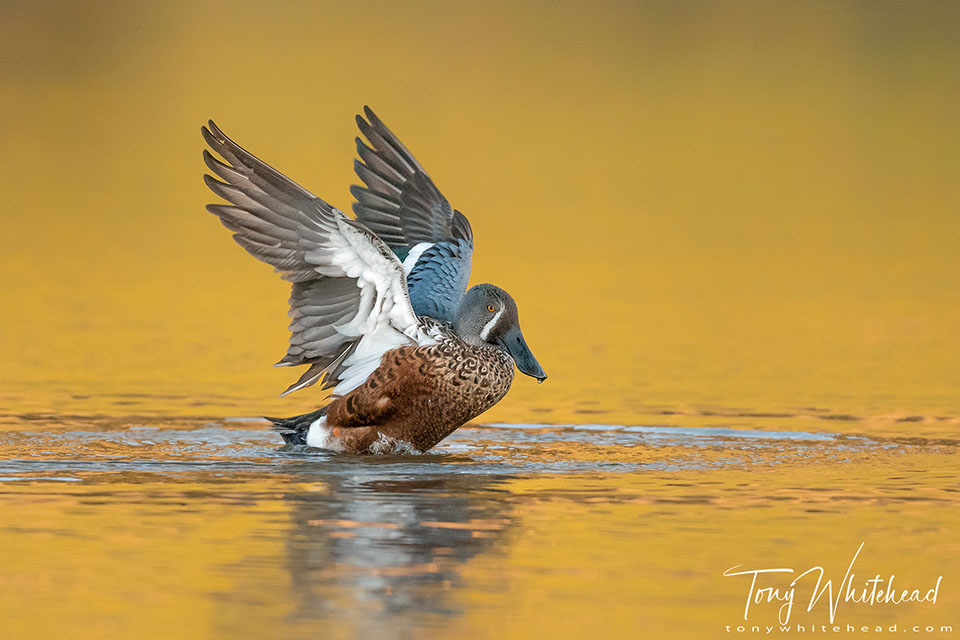
This final image is the one I am most pleased with as male Kuruwhengi/Australasian Shoveler are probably our most beautiful dabbling duck with chestnut breast, blue upper wing coverts, golden eye and face stripe (nothing could be as beautiful as a Whio/Blue Duck!). They are usually very wary and difficult to get close to so I was pleased to have this chance to photograph him after preening.
This individual is missing his right foot and this is rather obvious when he rises up to wing flap. This image as he settles back into the water conceals the distraction of his disability. He has adapted well and doesn’t just swim in circles!
Photos with Nikon D850 and 500mm f5.6VR lens
